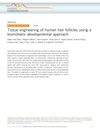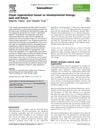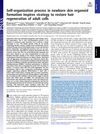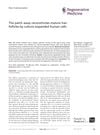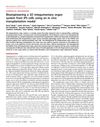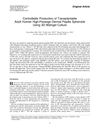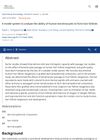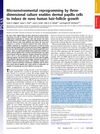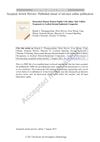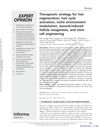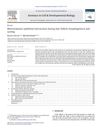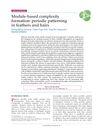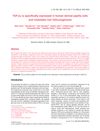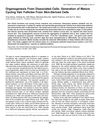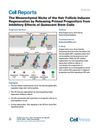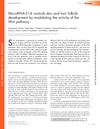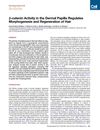Self-Organizing Hair Peg-Like Structures From Dissociated Skin Progenitor Cells: New Insights for Human Hair Follicle Organoid Engineering and Turing Patterning in an Asymmetric Morphogenetic Field
January 2019
in “
Experimental Dermatology
”
hair peg-like structures dissociated skin progenitor cells neonatal foreskin keratinocytes fetal scalp dermal cells molecular markers epidermal origins dermal origins spatiotemporal pattern asymmetric morphogenetic field reaction-diffusion mechanism Turing patterns activator-inhibitor principles hair follicle organoids morphogenesis hair pegs skin progenitor cells foreskin keratinocytes scalp dermal cells skin markers epidermal cells dermal cells spatial pattern morphogenetic field reaction-diffusion Turing model activator-inhibitor model hair organoids hair development
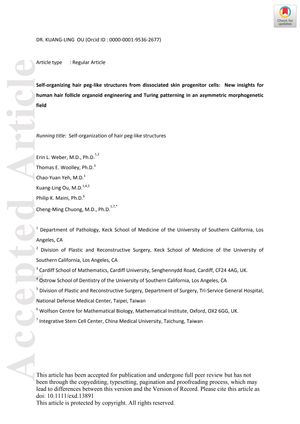
TLDR Researchers created early-stage hair-like structures from skin cells, showing how these cells can self-organize, but more is needed for complete hair growth.
In the April 2019 study, researchers developed an in vitro system to create hair peg-like structures from dissociated skin progenitor cells, which are early indicators of hair follicle development. They discovered that a combination of neonatal foreskin keratinocytes and fetal scalp dermal cells could self-assemble into these structures, which express specific molecular markers indicative of their respective epidermal and dermal origins. The self-organization followed a spatiotemporal pattern, suggesting the influence of an asymmetric morphogenetic field and a reaction-diffusion mechanism, akin to Turing patterns. Mathematical modeling based on Turing's activator-inhibitor principles was used to simulate this patterning. The study achieved an average of 286 hair peg-like structures per cm² under optimal conditions, but these did not mature into full hair follicles, indicating that additional factors are needed for complete development. This research provides valuable insights for the engineering of human hair follicle organoids and understanding the principles of morphogenesis. The study was based on cell cultures and did not involve human subjects, so no number of participants was mentioned.
